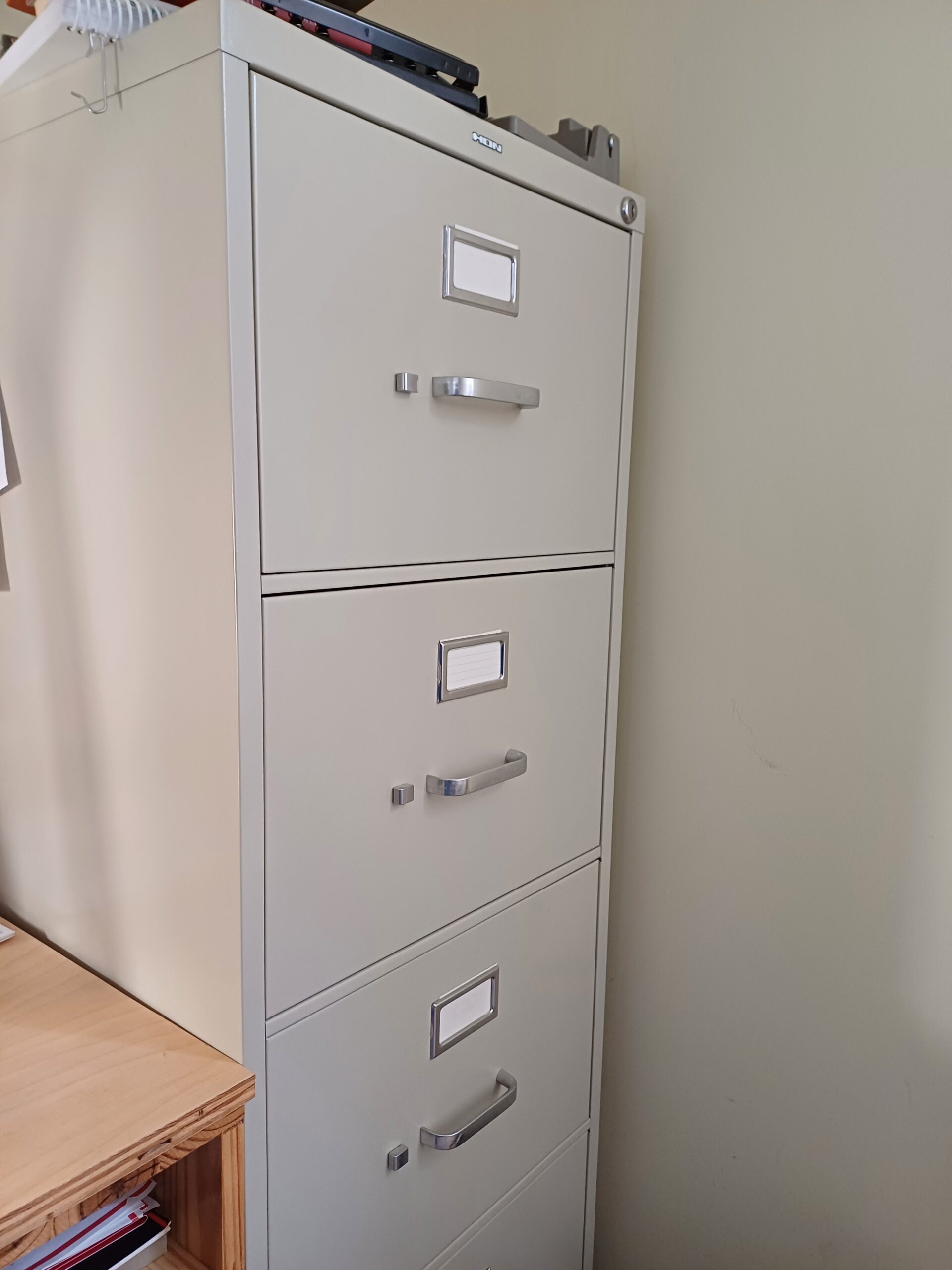What happens to the statistics we carefully collect and collate. How are they used – if at all?
In this edition we will look at myths, realities, and aspirations of using church stats
NumbersMatters is also available as a podcast here
The locked filing cabinet
There is a perception in churches that church administrations love to collect stats as a way to torment the poor churches, and that once they have them then …they just file them. Or maybe use them for some nefarious purpose which the originator would not approve of.
In Dioceses and other church administrations there is a perception that the parishes make up the statistics to suit their current purposes, to make themselves look good or bad, healthy or needy, depending on the circumstances.
I wish that neither of these were true. But I have evidence of church administrations where the data which was collected was simply left in filing cabinets. And I have seen church data submissions which were obvious works of fiction, intended presumably to make the originator look like a good minister. Churches are very human institutions.
The church statistics people whom I talk to are passionate about the data they collect. The collect it for one main purpose: That it help the mission of the church. We believe that through the data God might speak, the Church might hear and respond.
So how does the data actually get used?
Church institutions have a number of uses for the data.
-Filing it away for archival/historical purposes is often a legal requirement.
-Some data may be used to decide who gets to go to Church synods at regional or national levels. This, incidentally, is the only incentive that I have in the ACC to get dioceses to submit their data to us!
-Church data can be used to determine how many ministers a diocese should have and which parishes will get a paid priest.
-In the CofE the data is used by dioceses to decide how much money each parish should pay into the central diocesan fund. Incidentally, the formula and data used for this varies from diocese to diocese and is updated every few years – just to keep people of their toes.
– Church data can be used to determine salary levels and the redeployment of clergy. I got into a serious discussion with my diocese because my parish numbers dropped below the level for the pay scale I was on – with consequences for my income.
-Other clergy have reported the pressure to make sure their numbers looked good as they prepared to move on from a church. Whether there is church a culture of identifying and promoting “effective” leaders or those who will follow diocesan programs, the numbers matter.
This list is by no means comprehensive. Every church will have its own ways of using data and its own particular set of data to collect. I am always interested in how different churches use data as well as how they collect data. But I want to suggest one metaphor which encapsulates the ways that church statics nurds see data – as a mirror.
Stats as a mirror
As a Church statistician, I want to push back again the “lies, damn lies, and statistics” myth. Church institutions sometimes seems to welcome the zeitgeist of spin doctors and the primacy of feelings over facts. Church statistics, good statistics, stands in contrast to those subjective and sometimes self-delusional standards. Simply put, good church data tells a truth about us.
Good church data is a mirror in which to look at ourselves. We may choose not to look. We may choose to deny what we see. We may manipulate the mirror to only see what we want to. We may use the mirror to put make up on which conceals the truth. Or we can recognise what we see and address it. I need a mirror for shaving in. It helps me avoid accidents and makes sure I don’t miss anything.
Mirrors do no good if they are piled up in a warehouse. They need to be put on a wall or a shelf where they can be seen and used. The church statistics people I talk to want the statistics they produce to be used, especially by the local and regional church. We need the mirror images of ourselves in order to see how we are doing. The web makes the tools available to everyone. For example the CofE has ten years of statistics for each parish are available to the parish through the central web site.
Statistics in the “post-Covid” era
As I have said elsewhere, this is the most interesting time to be a church statistician. In the post-Covid era everything is in flux. The church is changing now more than ever. And that is increasingly a church-by-church change. Some churches are growing whilst others are declining rapidly. And these changes are happening across denominations and types of denominations. I am seeing patterns of change happening in the Canadian Pentecostal church which echo patterns in the Anglican church. We need to look in the mirror.
But that doesn’t mean you have to be a nurd, a specialist. The tools are out there so that everyone can access their data and see what the data might show them.
The job of stats nurds is to ensure that the data is available to those who want to see it, to use it. The days of data in locked filing cabinets is over.
I have written about some of this in my booklet “How grows the vineyard?” – available on this site.
Comment on this edition of NumbersMatters
by joining the “Church Statistics” Facebook group,
or by emailing me – nelliot(a)national.anglican.ca
